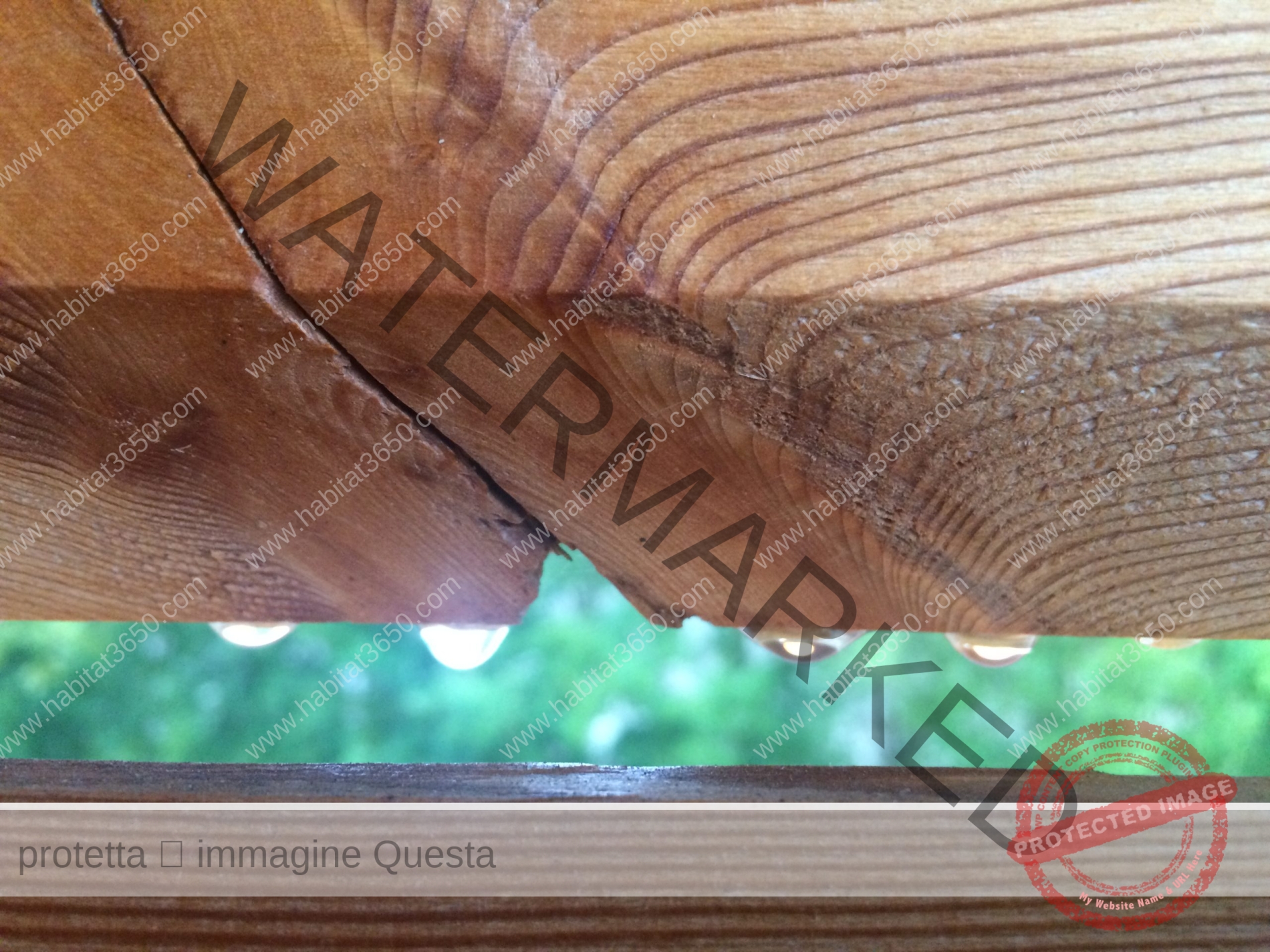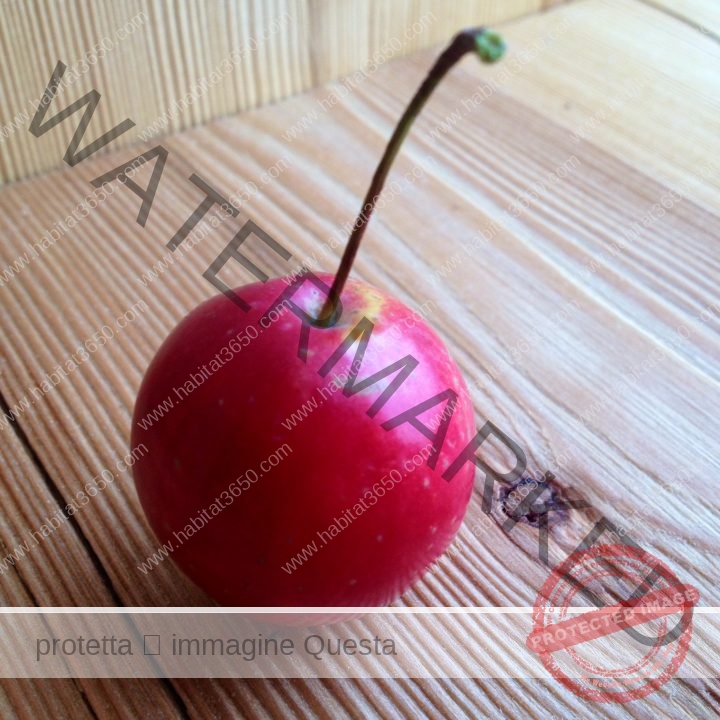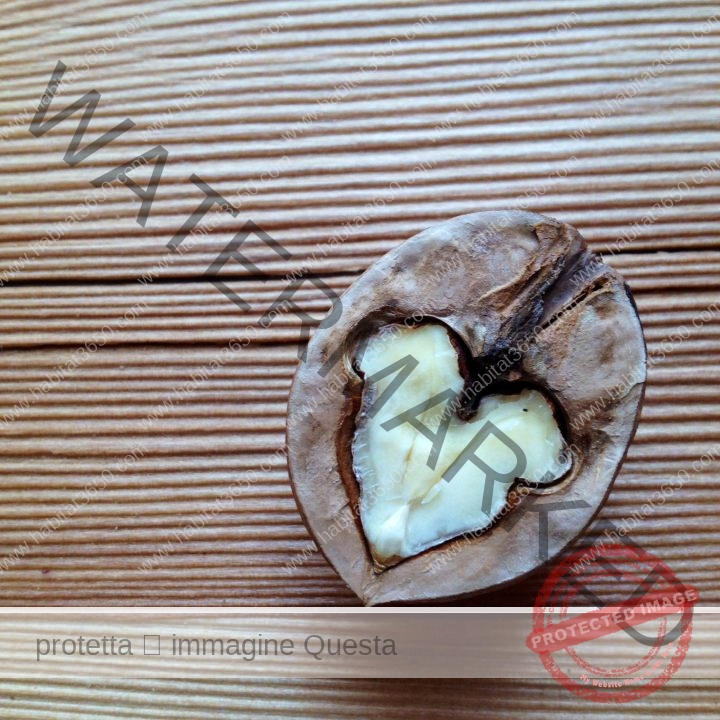Habitat 3650 is our space, the place we want to care for and safeguard for the future of our children and the Earth. We believe that agro-ecology symbolizes the new model of sustainable development, based on interdisciplinarity as instrument of research and innovation.
Already in 2012, simultaneously with the agricultural activities, we started with the research and study activities, arriving to the drafting of a company plan, which was the result of the experience of the various experts involved in different branches of knowledge. Now we are studying new ways of transformation of the agricultural products and the farm, thanks to the inter-disciplinary collaboration projects, is becoming sort of an idea incubator, ideas that find their genesis from the earth, the place where they rise, from nature, from the contacts with the primary sector.
We we grow organically ancient types and more resistant rural plants which generate a lower production of remains in the environment. We project and make prototypes of their transformations.
The challenge today is to rethink the cultural (and growing) models that have sustained our society for many years, rediscovering their social and economical advantages, through the interdisciplinary activities that, if they find their origin and focal point in the “earth”, may recreate a “real” sustainability network beween people.
“From Culture to Cultivation and vice versa: this symbiosis has already been lost and it’s from there we have to restart. The new technologies, if used in the right direction, can become extraordinary communication instruments and therefore an added value for the present time but also for the future. The already lost “social synapses”, which in the past were the strong point of our rural society, can be rebuilt. . The “rural culture” was an added value that nowadays has been lost, but can be regained and enriched, made interdisciplinary and characterized by new economical resources which in the globalization can promote new models of economical, social and ethical development.”



Marco Polo describes a bridge, stone by stone.
«But which is the stone that holds up the bridge?” asks Kublai Khan.
«The bridge isn’t held up by this or that stone” –answers Marco – “but by the line of the arch they form”.
Kublai Khan remains silent, thinking. Then adds:
««Why do you tell me about the stones? It’s only the arch that interests me.”.
Polo answers: «Without stones there’s no arch».
Italo Calvino, “The invisible cities”
HABITAT 3650 ORGANIC FARM
Via Olmo, 7
30174 VENEZIA ITALIA
P.iva 03364550271
REA: VE – 367706
Organic farm
Farmhouse accommodation
Educational farm
Rural tourism
T +39 3338738412
T +39 3805066199
P.iva 03364550271
